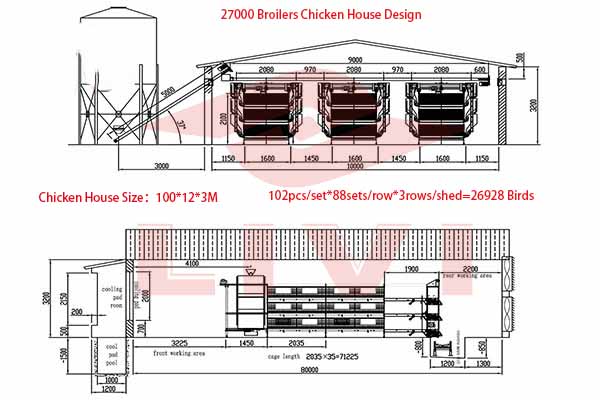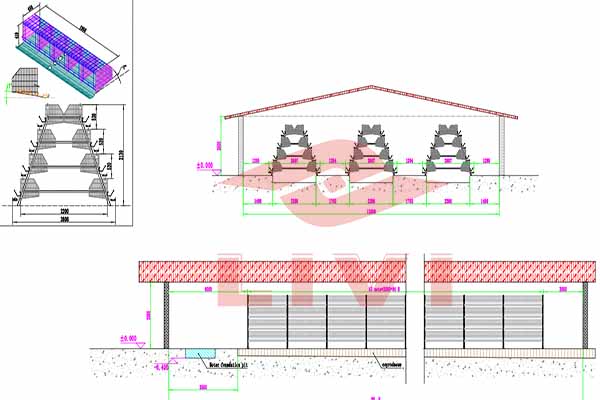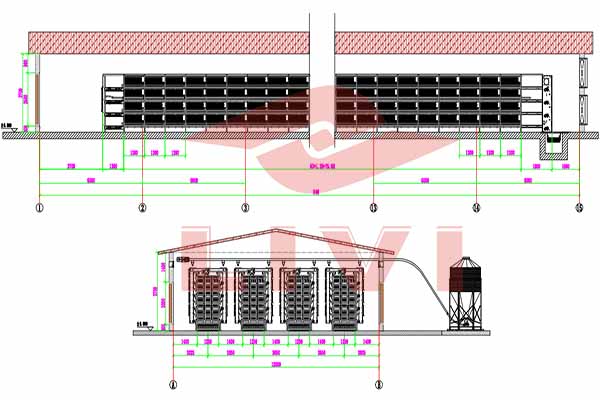Battery Layer Cages in Tanzania: A Comprehensive Guide for Poultry Farmers and Investors
Battery layer cages have become a staple in the modern poultry farming industry. In Tanzania, the adoption of these cages has significantly enhanced productivity and efficiency. This article delves into the details of battery layer cages in Tanzania, including their benefits, key considerations, and how they contribute to the overall success of poultry farming.
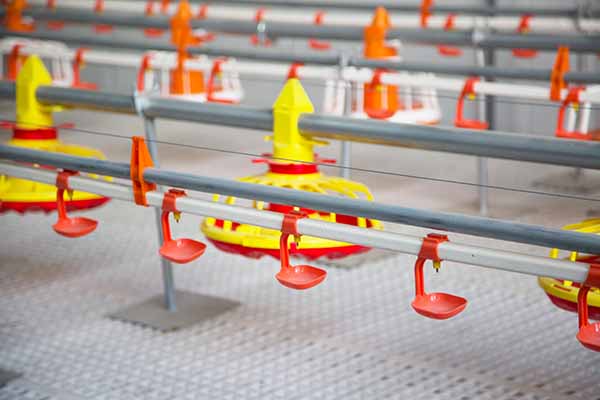
Understanding Battery Layer Cages
Battery layer cages are designed to provide a controlled environment for laying hens. These cages typically have a fixed space for each bird, ensuring uniform conditions for growth and egg production.
Benefits of Battery Layer Cages in Tanzania
- Increased Egg Production: Studies show that battery cages can lead to a 15-20% increase in egg production compared to traditional methods.
- Reduced Disease Spread: The confined space minimizes the risk of disease transmission among birds.
- Improved Egg Quality: Cages provide a stable environment that contributes to higher-quality eggs.
Key Considerations for Battery Layer Cages in Tanzania
When considering battery layer cages for your Tanzania-based poultry farm, here are some crucial factors to keep in mind:
- Space Allocation: Ensure that each cage has enough space for the birds to move comfortably. A general guideline is about 0.25 square meters per bird.
- Material Quality: Opt for durable materials that can withstand the harsh conditions of the Tanzanian climate.
- Ventilation: Adequate ventilation is crucial to maintain air quality and prevent overheating.
Market Analysis in Tanzania
The Tanzania poultry industry is rapidly growing, with an annual production of around 1.8 billion eggs. Battery layer cages have played a significant role in this growth, with a market share of over 60% in commercial poultry farming.
| Year | Number of Eggs Produced (Millions) |
|---|---|
| 2016 | 1.2 |
| 2017 | 1.5 |
| 2018 | 1.7 |
| 2019 | 1.8 |
Investment Considerations
Investing in battery layer cages requires careful planning and financial considerations. Here are some key points to consider:
- Initial Investment: The cost of battery layer cages can vary, but it generally ranges from $20 to $30 per cage.
- Operational Costs: Include the costs of feed, labor, and maintenance in your budget.
- Return on Investment (ROI): Battery cages can yield a ROI of around 18-20% per year.
By leverag ing the benefits of battery layer cages, Tanzania’s poultry farmers and investors can tap into a profitable market segment.
ing the benefits of battery layer cages, Tanzania’s poultry farmers and investors can tap into a profitable market segment.
Conclusion
Investing in battery layer cages for your Tanzania poultry farm can lead to increased productivity, reduced disease risks, and higher egg quality. With the right planning and considerations, this investment can be a game-changer for your farm’s success.
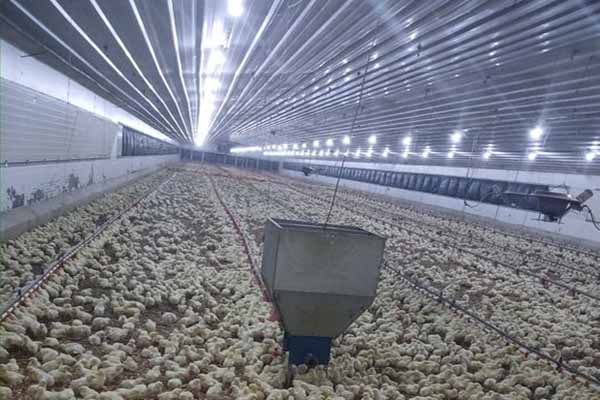
Are you ready to take the next step in enhancing your poultry farming operations in Tanzania? Leave a comment below, and our team at LIVI Mechanical will be happy to provide you with a free chicken farm design plan and equipment quotation.


